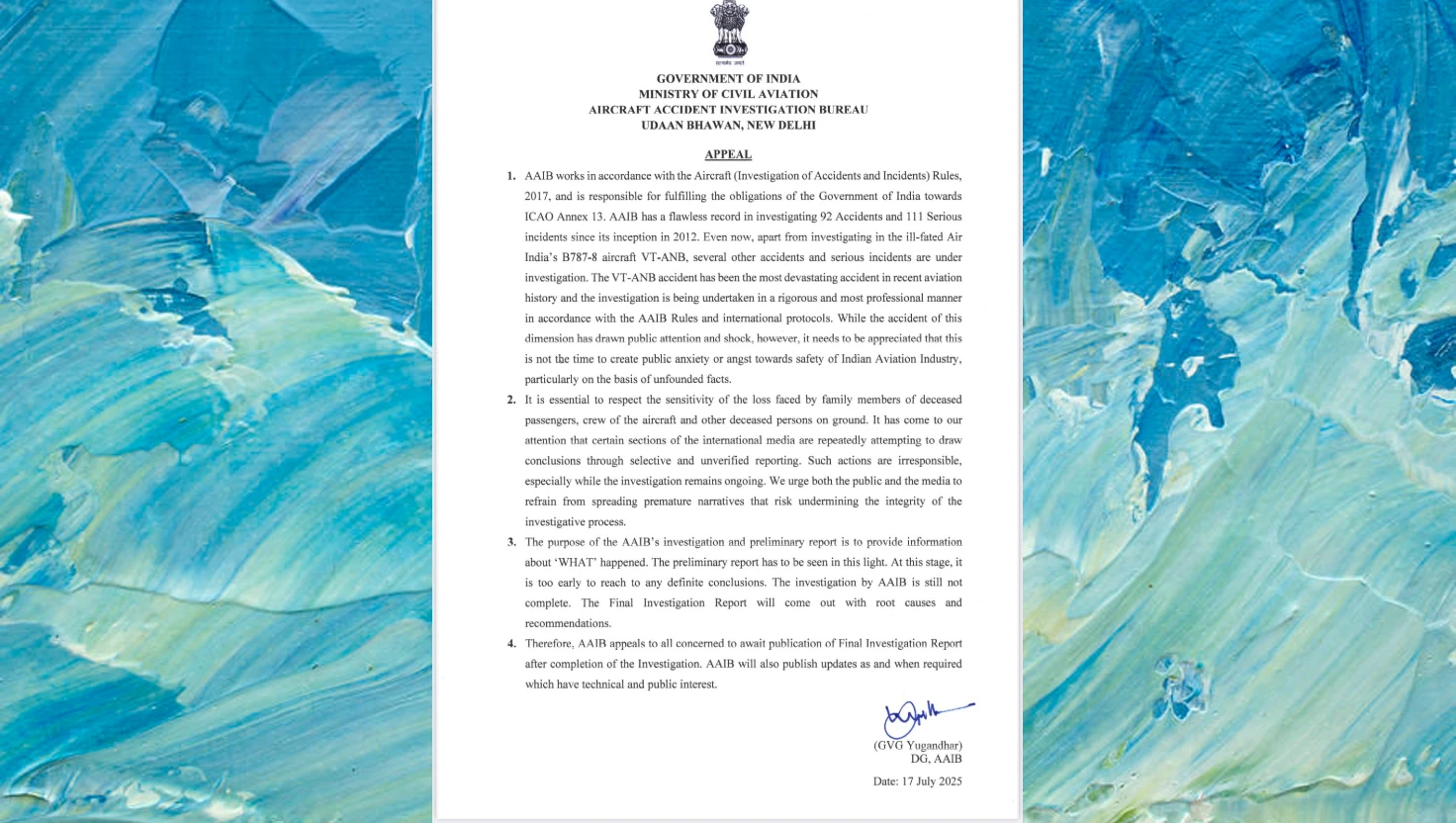India Cracks Down on 'Dark Patterns' in E-Commerce Platforms

The CCPA said these declarations would help build consumer trust (Representational)
India orders online retailers to eliminate deceptive design practices known as “dark patterns”, mandating self-audits within three months to protect consumers.
India has issued a firm directive to online retailers to review and remove manipulative design features known as “dark patterns” from their websites and applications. The Central Consumer Protection Authority (CCPA), in a public advisory released on 7 June 2025, instructed e-commerce platforms to complete internal audits within 90 days and ensure full compliance with consumer protection guidelines.
Dark patterns refer to digital design strategies that manipulate user behaviour, often leading to unintended purchases, recurring subscriptions, or disclosure of personal information. These practices, according to the Ministry of Consumer Affairs, result in financial losses and reduce consumers’ ability to make informed choices.
“All e-commerce platforms are therefore advised to refrain from deploying deceptive design interfaces that mislead consumers or manipulate their decision-making,” the CCPA stated.
The advisory follows a broader campaign launched by the Indian government to strengthen digital consumer rights as the country’s online commerce market rapidly expands. The CCPA, functioning under the Ministry of Consumer Affairs, has already issued notices to certain platforms found in violation of the existing Guidelines for Prevention and Regulation of Dark Patterns, first issued in 2023.
Although the government did not name specific companies, it confirmed that violations have been observed across multiple platforms.
What E-Commerce Platforms Must Do
The advisory mandates that each e-commerce company conduct a thorough self-audit to identify potential use of dark patterns and report findings to the CCPA. Platforms are encouraged to submit self-declarations confirming that their interfaces are free from such manipulative features.
According to the CCPA, these declarations will not only demonstrate regulatory compliance but also help build trust among digital consumers.
In support of enforcement efforts, a Joint Working Group—comprising officials from government ministries, regulatory bodies, consumer organisations and national law universities—has been set up to monitor implementation and promote consumer awareness.
Understanding Dark Patterns
The term “dark patterns” encompasses a wide range of tactics used to nudge, pressure or deceive users during their online interactions. As outlined in the official guidelines, 13 specific dark patterns have been identified. These include:
- False Urgency: Creating a misleading sense of limited availability or time pressure to prompt hasty decisions—for example, “Only 2 rooms left!” alerts.
- Basket Sneaking: Adding unselected items, services, or charges (such as donations or subscriptions) to a consumer’s cart without explicit consent.
- Subscription Traps: Making it easy to subscribe but difficult to cancel, often by hiding cancellation options or requiring multiple steps.
- Confirm Shaming: Using guilt-inducing language to dissuade consumers from opting out—for example, “I don’t care about saving money.”
- Forced Action: Requiring consumers to take an unwanted action, such as downloading another app or signing up for a newsletter, to proceed with their original intent.
- Interface Interference: Designing user interfaces that obscure or mislead—for instance, using misleading colours, fonts or placement to hide opt-outs or manipulate decisions.
- Bait and Switch: Advertising a product that is either unavailable or replaced at the last step by a more expensive alternative.
- Drip Pricing: Revealing full costs only at the final stage of purchase, or adding mandatory fees post-confirmation.
- Disguised Advertisements: Ads designed to look like genuine content, such as news articles or user posts.
- Other manipulative practices identified include trick wording, rogue billing mechanisms in SaaS (software as a service) platforms, and persistent pop-ups known as “nagging”.
Context: Protecting Digital Consumers in a Rapidly Growing Market
India’s move to curb dark patterns reflects a global shift toward enhancing consumer protection in the digital age. With the country’s e-commerce sector expected to surpass $200 billion in market size in the coming years, ensuring transparent and ethical design practices has become a policy priority.
The initiative also aligns India with international efforts. Countries like the United States and members of the European Union have initiated similar crackdowns on dark patterns, recognising their impact on consumer autonomy and market fairness.
By mandating platform audits and issuing clear behavioural guidelines, India is signalling a tougher stance on digital manipulation in commerce. Whether companies comply swiftly—and transparently—will be closely watched by regulators and consumers alike.

Reliance Retail acquires Kelvinator, The Coolest One
Reliance Retail has purchased the Kelvinator brand from Electrolux for nearly ₹160 crore, aiming to strengthen its position in India's consumer durables market.
| 2025-07-19

Saiyyara has shattered every myth about launching newcomers. No big names, no big PR
Madhur Bhandarkar praises debut film 'Saiyaara' for its raw talent and storytelling, marking a shift in Bollywood's approach to newcomers.
| 2025-07-19

India slams reports blaming pilots for Air India crash
India's AAIB disputes US media assertions regarding Air India AI 171 crash, highlighting ongoing investigation and sensitivity towards victims' families.
| 2025-07-18

India Secures Four-Wicket Win in ODI Series Opener Against England
India achieves a four-wicket victory over England in the ODI series opener, led by Deepti Sharma's unbeaten 62 runs.
| 2025-07-17

Air India inspection claims no problems found with Boeing 787 fuel control switches
Air India has conducted thorough inspections of its Boeing 787 fuel control switches, reporting no problems following a DGCA directive.
| 2025-07-17




